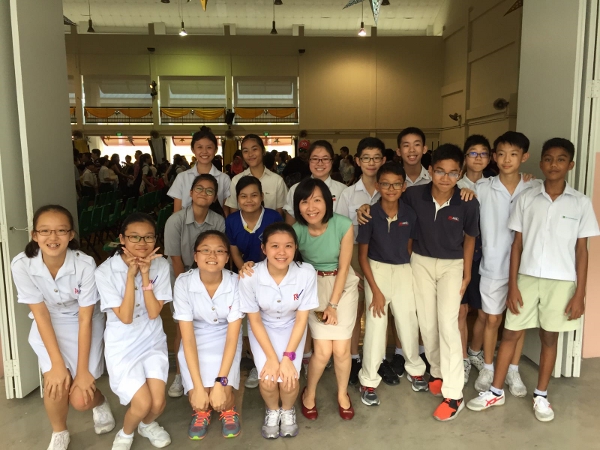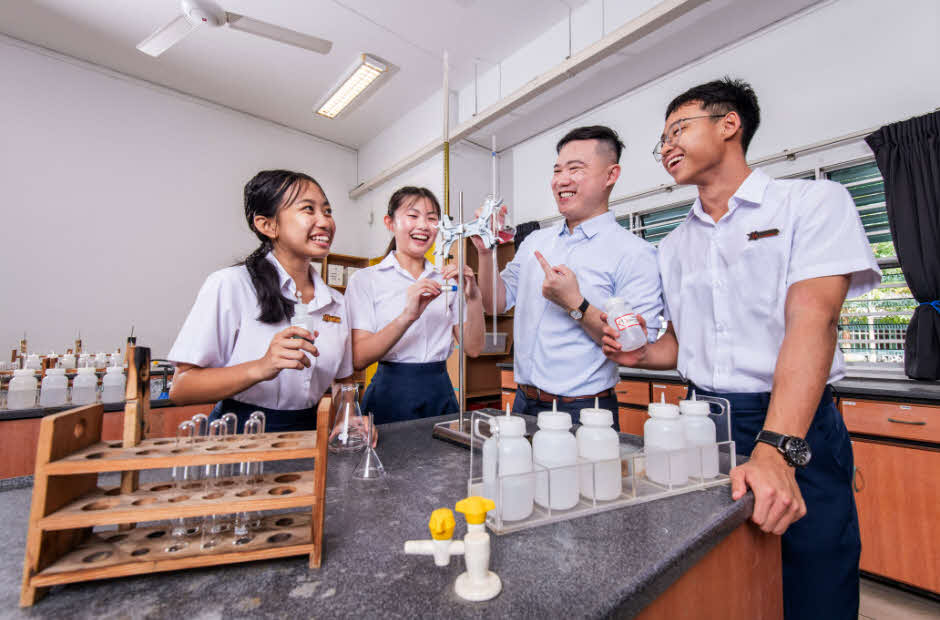In Science class, my students learn about electricity and energy conservation. This year, with students studying from home during the Circuit Breaker, English teacher Mdm See Huiqing and I thought it was the perfect opportunity to help students better understand the impact of their own actions on the environment. We came up with an integrated project that would offer hands-on learning through a process of investigation followed by a presentation.
It all starts from home
First, the Science part. To show them how energy conservation starts at home, we asked students to examine their own electricity bills, then think of how their daily actions may be affecting the energy consumption at home.
To start, students observed the electrical devices used by their families and they studied their electricity bills from March to May. Then they surmised what could be causing the changes, noting actions like reading more instead of being online or using fans instead of air-conditioning.
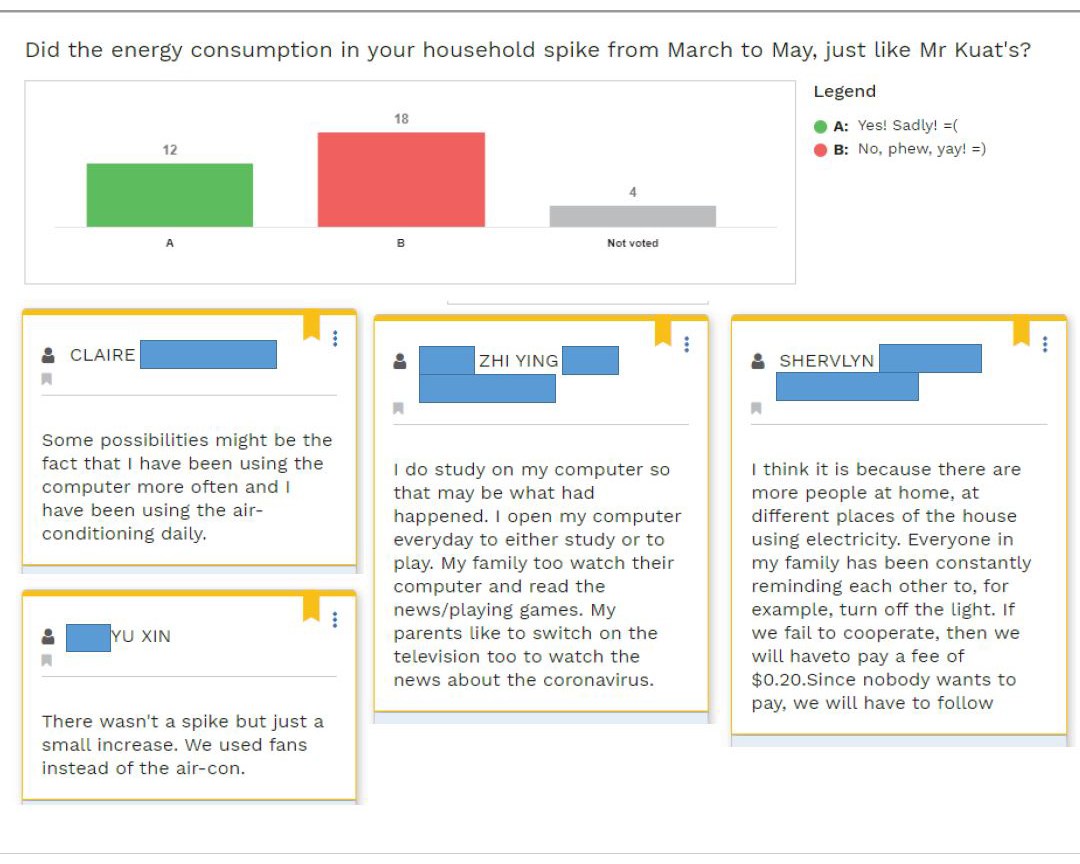
Learning that actions have a cost
From this, we moved to link the concept of electricity consumption to the idea of a carbon footprint by sharing another lesson on the Student Learning Space. Students watched a video that explained what carbon footprint was, also learning that electricity is produced by burning fuel. The takeaway: Every time they switch on an electrical device, there is an environmental cost.
That led to our next question: What could they do about it?
I introduced an online carbon footprint calculator to the students that calculated the carbon footprint for each student based on their daily activities. For example, using public transport for a year produced 0.5 tonnes of carbon dioxide as opposed to 2.0 tonnes per year if you were a single passenger in a car.
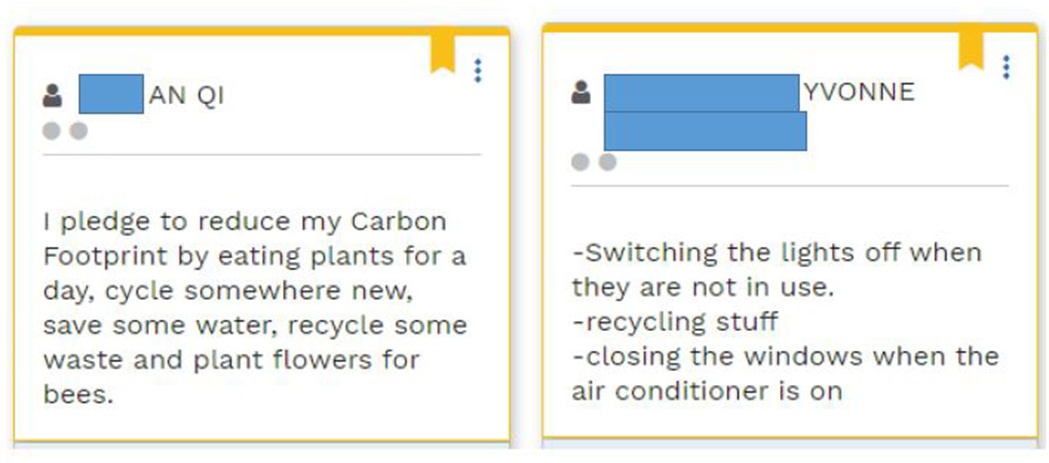
As students discussed the possible actions that contributed to their carbon footprint, they came to realise that saving electricity is just one of the many steps they could take to help control global warming. Some talked about taking public transport or walking if they only had to travel short distances. Others talked about recycling more. Overall, they were getting the concept. Just as importantly, they understood that they could effect a significant change by having a positive influence over their peers, family members and the community by encouraging each other to be more environmentally conscious.
When we were back in school, we moved on to the final part of this project – the presentation – with Mdm See. She helped them with their presentations during English class. She also shared articles about global environmental concerns as comprehension practice, which deepened their understanding of the topic.
Showing off what they had learnt
Mdm See and I wanted students to show off their creativity, so instead of turning in reports, we gave them the choice to either do an animation or code a game for their final presentation. We had a variety of presentations. There were videos with animated figures talking about the meaning of carbon footprint, others offering ways to reduce one’s carbon footprint (like switching off lights when not in use), and even a game that had you answering a riddle from a wizard to get his help to prevent the melting of polar ice caps.
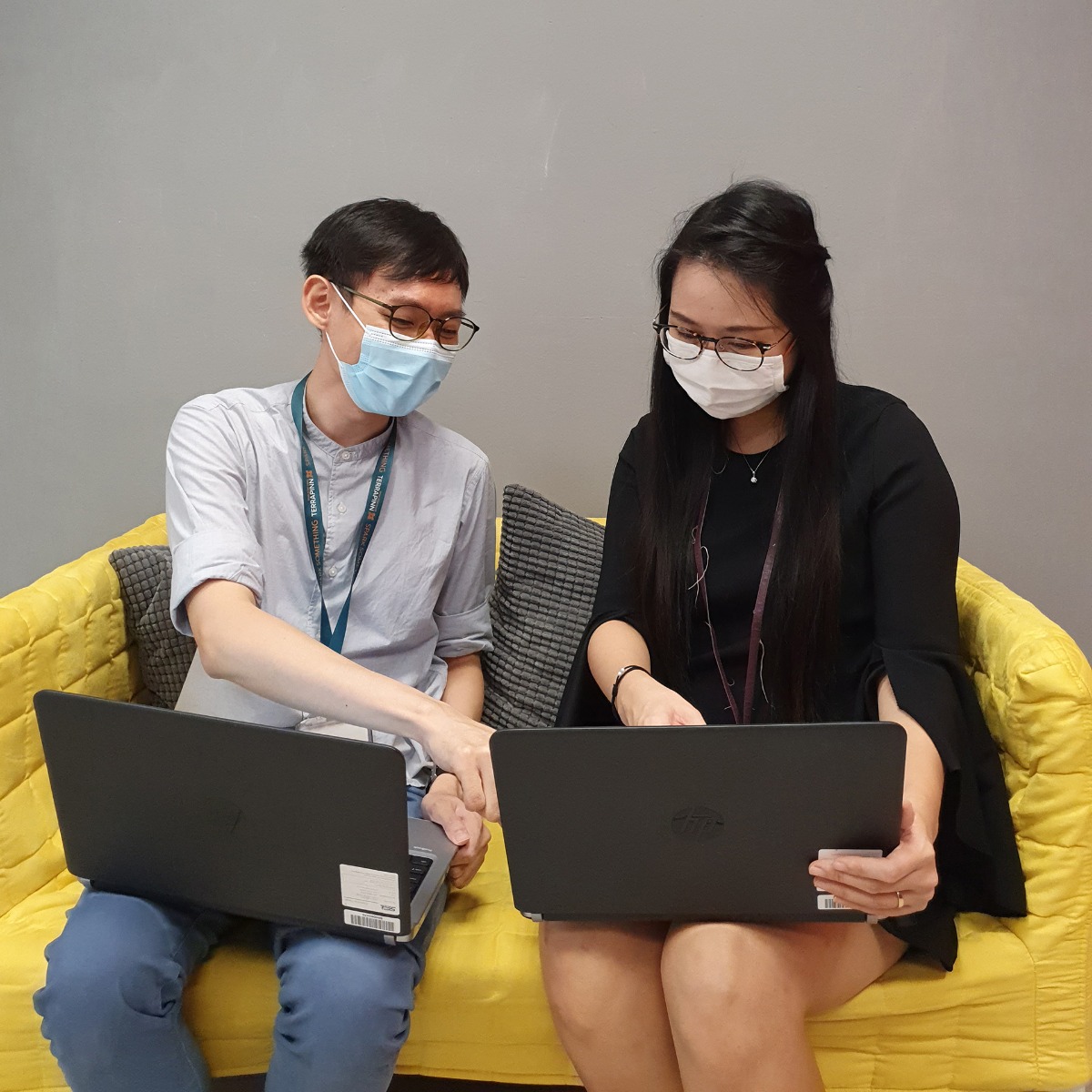
This project was an enriching experience for us teachers as well as our students. It showed us that learning doesn’t have to be confined to the school environment. The opportunities are in our daily experiences; we just have to help students see the connections.




.jpg)
